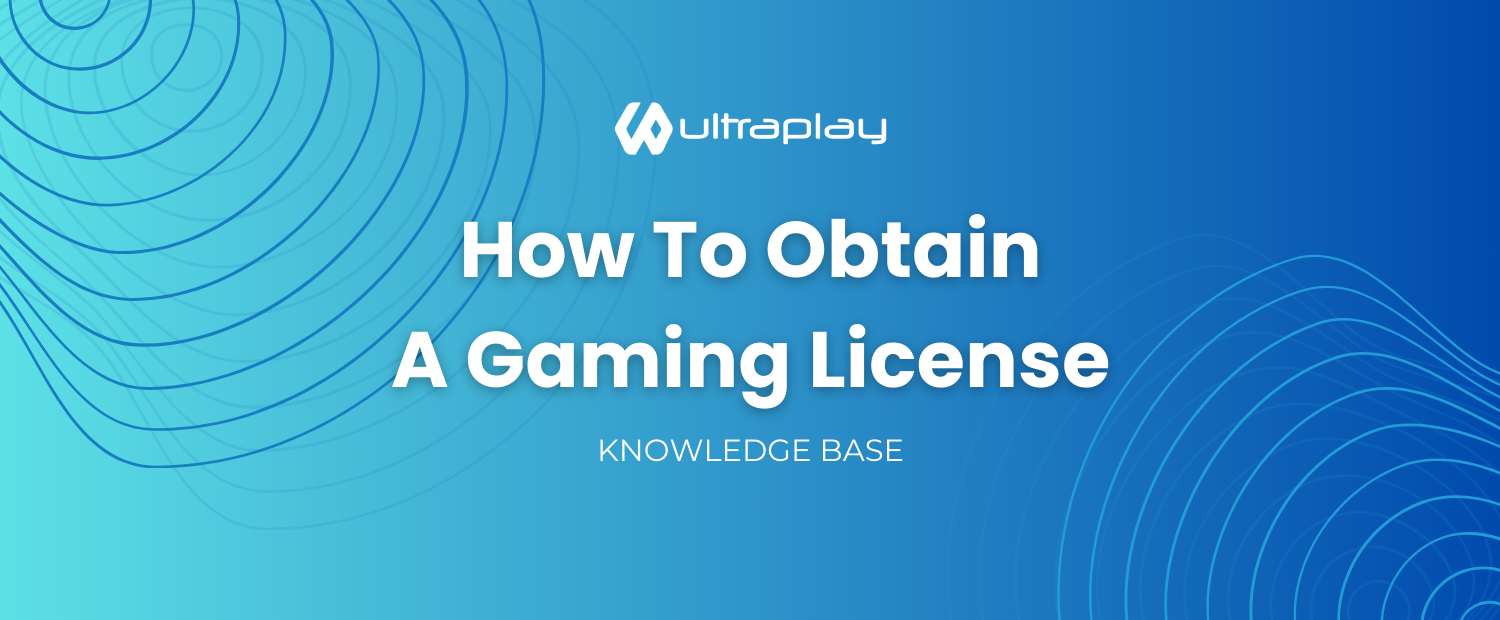Peter Ivanov, Head of eSports at UltraPlay, spoke to attendees at AffiliateCon Sofia about how they can capitalise on the $6bn market in eSports.
eSports betting has been around for about ten years, but in the last three or four years the market has really grown and it is being dubbed as the new phenomenon in gaming. It is a product that has been growing on a monthly basis, with more than 25 different game titles to bet on. The three most popular eSports games are Counter Strike, Dota 2 and League of Legends, referred to as the “golden trio”.
There are more than 150m people around the world involved in eSports, playing and watching, making it a huge market to appeal to. The eSports demographic are a really young audience, with disposable income that is growing by about 20% on a yearly basis.
The three main groups of people in eSports betting are millennials, eSports enthusiasts and people who spend all of their free time either watching or playing games – that’s usually the younger generations – and, finally, the occasional viewers who don’t spend much time watching eSports. They tend to tune in to big games or tournaments. Enthusiasts spend about eight hours a day rather playing or watching video games. They don’t have time for TV, sports or social life.
These are the type of people you can’t attract with normal advertising methods. We had a conversation with some pro players; they don’t have a TV at home. They’re not really interested in having one either, because they don’t have time for it and they don’t understand what they can actually get from it. So you won’t be able to attract these people through traditional media. You need to find alternative ways to attract their attention and to bring them into gaming. The best thing to do this is to start thinking as they do, and to try to offer them a product that’s really close to their needs
and their interests.
When we’re talking about eSports, we need to understand that we’re talking about a vast term that should be broken down into different categories, because we have different games that are part of different genres. There are first-person shooters, mobiles, and simulated sport like NBA and FIFA. The interests of those people are very vast, and very different from one group to another.
They cannot be grouped together. They are not all thinking in the same way, so it is important to use different methods for different groups in order to be successful.
If we talk a little bit about the current traffic sources, or how operators are getting to the eSports enthusiast at the moment, you would see the only way to get them at the moment is through streaming platforms like Twitch, YouTube, Facebook. Other alternative ways are through big data providers, like specialised sites for particular games, where users go to find information about matches and players.
You have tipsters, who offer tips about the game, and how they see it. This is very useful for newbies in particular, or players who are not so familiar on betting on eSports. Reddit is also important, the so-called gaming forum of eSports, where all major topics are being discussed and a lot of people are involved not only talking about eSports in general, but very specific things. Of course, there are the gameplay analysis platforms, where a lot of people try to enhance their game and find better ways to play a particular game. These are five main
channels, which we’re currently seeing in eSports traffic.
This is really small, compared to all the other traffic channels we see in traditional sports. There’s huge potential there to attract eSports fans into gaming. Promotional items vary from traditional media; with players given virtual items, like skins, giving the player some sort of incentive to play the game. There are also competition incentives that send players around the world to eSports
events for free. We see a lot of these tools being used, they are quite successful in most cases, however they are very limited compared to what we see in sports. So, there is a lot of room for improvement, both in traffic sources and promotional tools being used in eSports. It’s mainly because it’s a relatively young industry and a lot of the sources are not being used to their full potential.
The foundation of eSports is based on Twitch, and its all product. It was sold a couple of years ago for $200m and now is probably worth five or six times that. YouTube and Facebook were not at the forefront in the beginning, but they’re catching up and trying to establish themselves as the medium by connecting people to eSports. There have been a lot of deals coming from both YouTube
and Facebook with major tournament organisers trying to push exclusive broadcasting rights to show these games. To get an idea of the scale, one of the biggest events watched on Twitch was the League of Legends finals, which generated $5.5m in ticket revenues.
Another area we’ve been looking into for the last couple of years is desktop betting against mobile betting. We are seeing around 80% of bets coming through mobiles these days. It is no surprise that with eSports the figure is even higher, as the eSports demographic is very tech savvy. In terms of desktop, the only advantage when it comes to eSports, is the fact that it is live streamed, ending itself more to desktop over phones or tablets. (You need a bigger screen to get a better understanding of what is going on within the game. ) People are always using their phone, using free-to-own apps, and the premium pay-per-view service has not yet made it to mobile, nor is it ready to work with eSports.
However, as we are seeing a lot of companies involved in traditional sport moving into eSports, we could see that concept being implemented. Further down the line, we could see people accepting to pay for premium quality content. eSports has been developing really well for the past few years. It’s no longer something for the future. It has already overtaken rugby and golf, and is the fifth or sixth biggest sport in terms of turnover. It’s something we have to look at very seriously and it will only grow from here, for two reasons: first, because of demographics, this generation and the new generation are getting more involved in eSports causing its profile to rise further; and second, the whole product is becoming bigger. New games are getting involved in eSports on pretty much a monthly basis.
This article was published in July 2018 by Trafficology.





